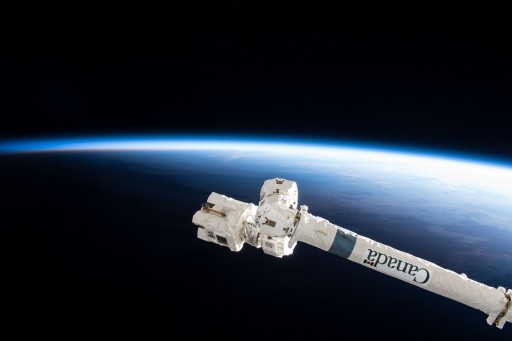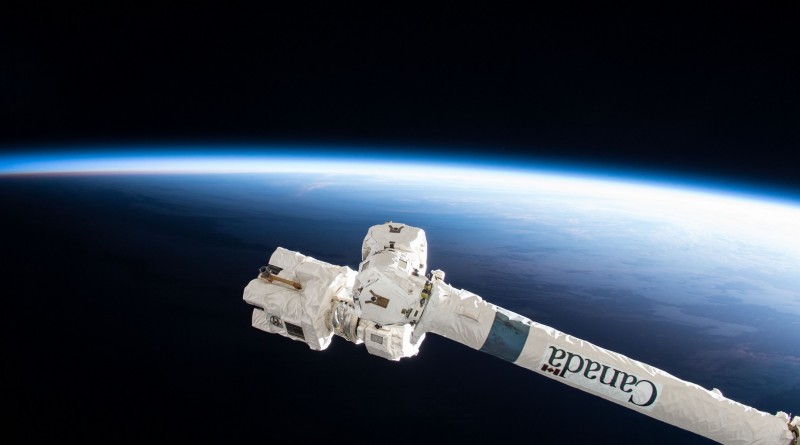ISS Operations Update – October 16, 2015

Experiments:
Reaction Self Test [The Reaction Self Test is one of the oldest studies ongoing aboard ISS, consisting of morning and evening sessions with a computer-based vigilance test performed prior to, during and after flight at different frequencies as required by the study. The sessions consist of short five-minute tests that provide an objective feedback of a crew member’s vigilance and allows an assessment of performance capability. Test sessions are also performed around sleep shifts and periods of particular tasks such as visiting vehicle support and EVAs.]
Cognition [Cognition, also known as Individualized Real-Time Neurocognitive Assessment Toolkit for Space Flight Fatigue uses a battery of tests to measure how spaceflight-related physical changes (microgravity, lack of sleep quality, diet) can affect the cognitive performance of humans during long-duration space flights. The experiment consists of ten brief computer-based tests that cover a range of cognitive functions and deliver immediate feedback on current and past results. A good neurocognitive function for effective performance during space missions makes an investigation of sleep and fatigue in space an absolute necessity. The testing operation consists of a sleep questionnaire and subjective evaluations at the beginning followed by the ten tests that focus on: sensor-motor ability, visual object learning and memory, attention and working memory, abstraction, spatial orientation, emotion recognition, abstract reasoning, complex scanning & visual tracking, risk decision making, and vigilant attention and psychomotor speed.]
Ocular Health – Ocular / Cardiac Ultrasounds [OH is a human physiology study. Its full name is Prospective Observational Study of Ocular Health in ISS Crews. “The Prospective Observational Study of Ocular Health in ISS Crews (Ocular Health) protocol aims to systematically gather physiological data to characterize the Risk of Microgravity-Induced Visual Impairment/Intracranial Pressure on crewmembers assigned to a 6 month ISS increment,” the NASA experiment overview said. It is known that some (not all) astronauts in orbit experience changes in visual acuity (visual clarity) and intraocular pressure as a result of fluid shifts within the body as it is subjected to microgravity. About 20% is astronauts flying to ISS have reported these kinds of changes. Test subjects will undergo pre-flight, flight and post-flight testing of their eyes using a variety of techniques.]
Radi-N Dosimeter Deployment
Plant Gravity Sensing [The experiment looks at gravity sensing in thale cress, a generic model used in many plant studies. As part of the experiment, the plant is cultivated in microgravity and artificial gravity using a centrifuge to determine changes on a cellular level that point to the mechanism of gravisensing with particular focus on calcium channel activation through the MCA-1 protein. An increase of calcium within the cytoplasm of plants is known to occur in response to stimuli such as phytohormones, temperature and touch the mechanism of which has been studied extensively on Earth. Whether a calcium increase also occurs as a result of gravistimulation remains to be seen as gravity is difficult to control for ground-based tests. The mechanisms of underlying biochemical reaction paths that lead to gravitropism are fully unknown. Recent studies point to a protein, MCA-1, and an actin cytoskeleton that are involved in the transport of calcium to create a directional response in the presence of gravity. The current hypothesis is that amyloplasts (starch containing particles) sediment in the direction of the gravity vector as a result of their high mass. This sedimentation causes tension stress in actin fibers thus activating the mechanosensitive calcium channels. Whether this system of channels and actin fibers also forms in microgravity is unknown.]
IMAX Imagery Downlink
Matryoshka-R – Dosimeter Readings [Matryoshka-R consists of a number of radiation dosimeters that are set up inside the space station to assess radiation exposure of the crew relative to ISS position in its orbit and shielding provided by the modules.]
Otklik Experiment Hardware Check [Otklik uses several piezoelectric sensors to track the impacts of small particles and debris on the exterior of the International Space Station to monitor the abundance of debris events and a series of other characteristics. These measurements provide valuable data for the construction of future spacecraft]
Maintenance/Systems:
Nominal Inspections/Servicing Tasks (Morning Inspection, Caution & Warning Panel Check, Sozh System Maintenance) (Russian Crew)
JEM Airlock Safing – Removal of Lamp Housing, securing of Hatch Window Cover and securing of Handhold Experiment Platform Multi-Layer Insulation followed by A/L depress.
X2R14 Software Transition – Portable Computer System Preparation for Command and Control (C&C) Multiplexer/Demultiplexer software transition to be completed this weekend.
ПФ1, ПФ2 Dust Filter Replacement and В1, В2 Fan Grille Cleaning in Pirs
Other Activities:
EVA Preparations: Simplified Aid for EVA Rescue (SAFER) onboard training using Virtual Reality Trainer.

